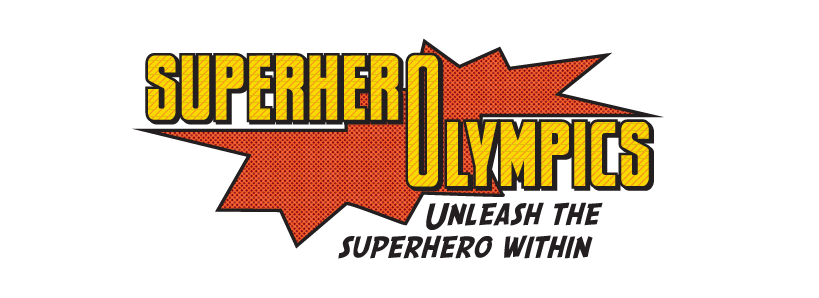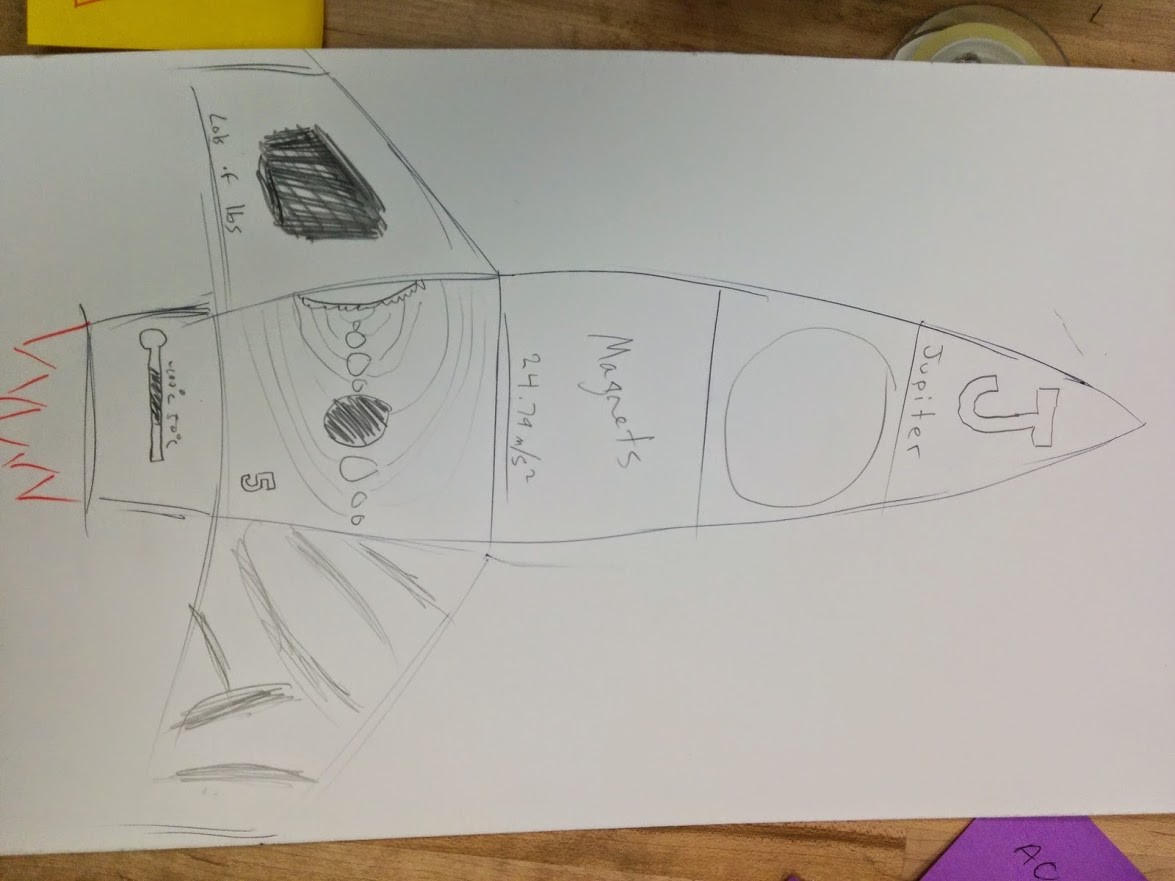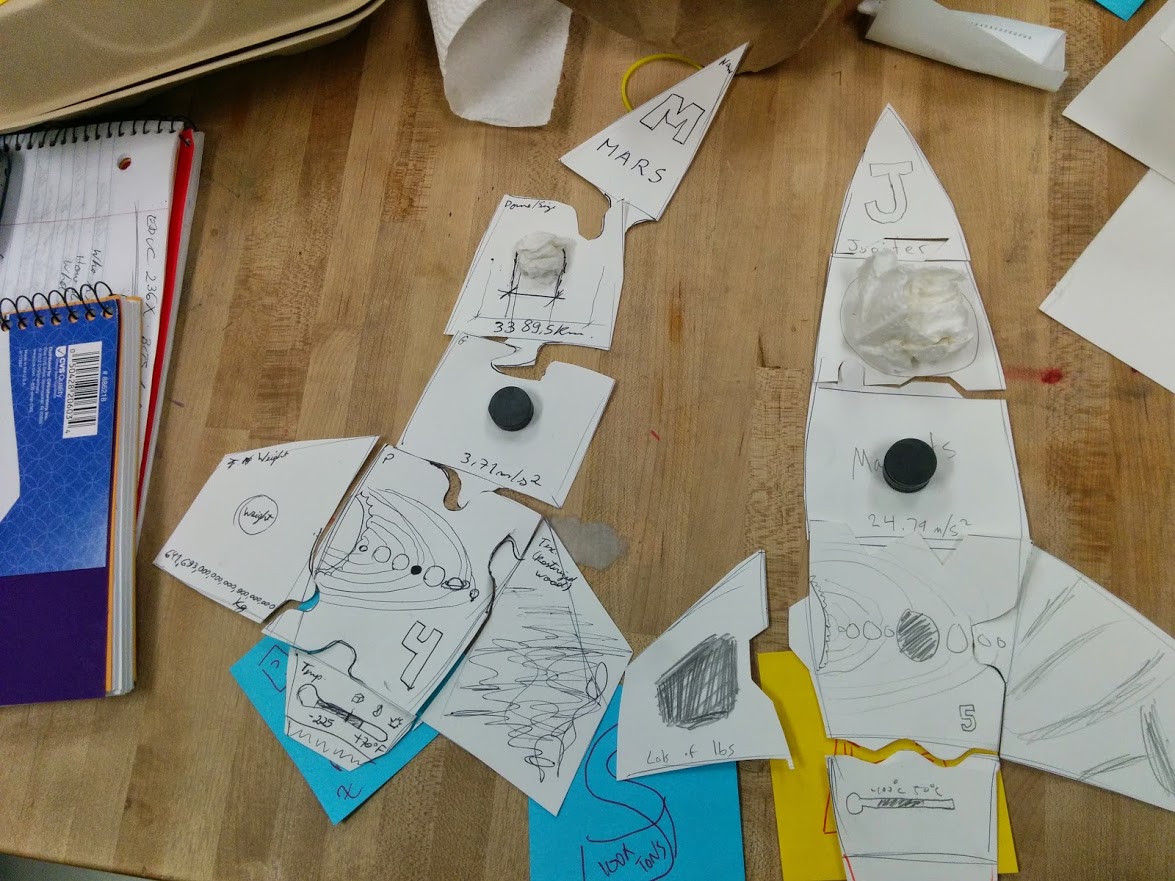
-
About Me
Mariana Duprat
I am a designer with a passion for creating new experiences and interactions, with the goal of improving communication between people.
This might involve the development of products, graphics, videos, interfaces, games, holograms, interactive modules, full exhibits or whatever new media best fulfills the needs of each user/learner.
Explore some of the projects that I have had the pleasure of taking part during my Master's program in Learning, Design and Technology at Stanford.
You can also check out my other projects at my online portfolio:
www.mariana-duprat.com
Classes taken
- Summer | 2014
- ENGR 311B: Designing the Professional (D.School summer class) Dave Evans
- Autumn | 2014
- ME 216A: Advanced Product Design: NeedfindingDev Patnaik and Ryan Baum
- EDUC 200B: Introduction to Qualitative Research MethodsDenise Pope
- CS 547: Human-Computer Interaction SeminarMichael Bernstein
- WhizBang! Toy Invention (D.School pop-up class) Brendan Boyle (IDEO), Coe Leta Stafford (IDEO), John Cassidy (Klutz Press)
- EDUC 281X: Technology for LearnersKarin Forssell
- EDUC 229A: LDT SeminarKarin Forssell
- Winter | 2015
- EDUC 215X: LDT Internship WorkshopProduct Manager at Kibbit.com
- EDUC 236X / CS 402: Beyond Bits and Atoms: Designing Technological ToolsBertrand Schneider
- EDUC 328: Topics in Learning and Technology: Core Mechanics for LearningDan Schwartz
- EDUC 368: Cognitive Development in Childhood and AdolescenceBruce McCandliss
- EDUC 371X / PSYCH 265: Social Psychology and Social ChangeGeoffrey Cohen
- EDUC 404X: Topics in Brazilian Education: Public Policy and Innovation for the 21st CenturyEric Bettinger and Martin Carnoy
- EDUC 229B: LDT SeminarKarin Forssell
- Spring | 2015
- BIOE 196 / BIOPHYS 196: Interactive Media and GamesIngmar Riedel-Kruse
- EDUC 366: Learning in Formal and Informal Environments Brigid Barron
- TAPS 223: Game Design: Making PlayMichael St. Clair
- EDUC 229C: LDT SeminarKarin Forssell
- Summer | 2015
- EDUC 215X: LDT Internship WorkshopDesigner at the Transformative Learning Technologies Lab
- EDUC 229D: LDT SeminarKarin Forssell
-
Master's Project | SuperherOlympics

www.superherolympics.com
Create your own Superhero Identity and work together with other heroes in this multi-player massive tabletop game designed in the learning, design, and technology program at Stanford University.
Superherolympics is a multi-player massive-scale board game designed for early adolescent Third Culture Kids who are navigating different cultures in their home life and in their world at large.
Players create their own unique superhero identities that give them a sense of empowerment and benevolence, and then they are matched together in dynamic pairings to complete mini-game missions together.
By engaging in low-stakes, fast, and frequent collaboration with others, they are able to develop their collaborative and cooperative skills while also practicing different forms of self-presentation, through the safe abstraction of their superheroes.
-
Internships
Tranformative Learning Technologies Lab
Designer for Digital Fabrication in Education
During this internship, I worked on the development of the interface of a collaborative platform for teachers and students of Makerspaces, Hackerspaces and Fablabs, named Constructables.
The design was done in collaboration with Alicja Żenczykowska
It was a long design process, trying to accomodate all the expectations for this long announced platform. My work was focused on understanding which were the essential needs that it had to fulfill in order to create a basic version that could still be expanded, keeping in mind all of the other functions and features that were planned for it's future.
I also helped with a teacher training workshop for Fablabs in Brazil and plan on working on the paramaters for the implementation of a new fablab in an international school in Brazil, integrating schools from a favela community.
Kibbit
Product Manager
User Research and development of an engagement and progression system
Kibbit was a website that engaged users in Peer to Peer training for interviews in many areas (job, college, MBA).
The work I did was under a confidentiality agreement. Generally, on my user research, I discovered that badges and merits for time spent on the platform wasn't the way to go and I developed a new system with them that guided the users step-by-step through the interviewing process.
Some time after I left, however, the owners decided to pivot the company into another type of service.
-
Team
Alec Winograd
Class
EDUC 236X / CS 402: Beyond Bits and Atoms: Designing Technological Tools
Teacher
Bertrand Schneider
Duration
1 week
Learn more
Rocketship | Puzzle Game

For the Beyond Bits and Atoms class, we had the challenge of creating a dream learning toy, in a week, for a specific child, based on interviews, user research and user tests.
Coming out of the interview, we learned a couple of things:
- 1) Otto was really into space and exploration,
- 2) Otto's attention would be hard to capture for long periods of time,
- 3) We had our work cut out for us.
Some important goals we came up with were:
- 1) Easy to understand
- 2) Educational (despite the relaxation of that requirement)
- 3) Safe
- 4) A toy to grow with (Otto would be learning a lot in a short amount of time. We didn't want the toy to become obsolete in a year)
After a lot of brainstorming, we came up with our general gameplan and started prototyping!


We decided to make 8 different mini-puzzles, one for each planet (sorry Pluto!). Each puzzle piece would represent a different attribute of the planet (e.g. size, gravity, surface texture, duration of a year, temperature). Because some of these concepts were pretty difficult for such a small child, we tried to physically manifest the attributes. For example, there are magnets in one of the puzzle pieces which represent gravity. Planets with stronger gravitational fields have more magnets on their piece.
The puzzles make it easy to play with for Otto. Each planet’s pieces will only fit together with themselves. This way, Otto need to know that Jupiter is the largest planet to connect it properly. The toy is educational, because as its played with, Otto will learn that Jupiter is the largest by seeing it has the largest dome! Also, the numbers indicating relative position of the attributes (1-8) are great for counting! The other numbers like temperature (with the Fahrenheit symbol) are something Otto can grow into.
-
Team
Alec Winograd
Class
EDUC 236X / CS 402: Beyond Bits and Atoms: Designing Technological Tools
Teacher
Bertrand Schneider
Final Frontier | Board Game
This project was a continuation of the Rocketship Dream Toy. We wanted to create something that could continue the intuitive learning process about the Solar System, envisioning an older child (around 11 years old).
With that in mind, we turned to more complex mechanics and we also tried to focus on the relationships, similarities and differences between the planets and their satellites.
We then came up with an idea of making movable orbits and creating different quests to capture resources available in the different planets and satellites, improving their ships as they went along, allowing them to land on planets with different atmospheres, temperatures, densities, escape velocities and compositions based on the existing improvements.
Unfortunatelly, the data on the planets didn't provide an interesting mechanic, since many planets presented very similar characteristics. These also happened to be the 4 planets that were furthest from the Sun, and it was already hard to try to get the players to the outer orbits.
Considering our deadline date, we decided to change the mechanics, simplifying them and creating a different strategy, based on spawning ships at each orbital turn and on conquering the astral bodies based on quests. These mechanics were inspired by the game "Risk".
In this new mechanic, the players receive cards with the bodies that already belong to them, containing interesting information about them, and they proceed by placing their ships on the board. They are handed quests and they start battling to achieve them. Some concepts such as the atmospheric protection of the planets, the escape velocity to exit a planet and the orbital periods that take different times to spawn ships were still kept in the mechanics.
-
Team
Vilde Opsal
Class
Technology For Learners
Teacher
Karin Forssell
Pimp Jonah's Shoes | Motricity Game

For this project, we had the challenge of creating a game for a specific learner from Open Mind School, an inclusive school with small classrooms, adapted curriculum, innovative technology.
Our learner was focused on acquiring fine motor skills, but he was 11 years old and we wanted to create something that would be interesting for his age.
During our interviews, we learned that he was interested in basketball, cars, and had a special interest in shoes.
We came up with the idea to create a set of shoes that he could personalize, pimping it up to his style while dealing with different textures and connection mechanisms.
On our user-test, however, we realized that he prefered to destroy the shoes instead of building it up.
As our next steps, we suggested incorporating this very natural 11 year old destructive behavior to create a prototype where he could tear apart a car, revealing the internal mechanics bit by bit.
-
Team
Alison Darcy
Class
Game Design: Making Play
Teacher
Michael St. Clair
Cyberbully - the game
This game focuses on giving the players the experiences that one might go through when experiencing both sides of cyberbullying.
The basis for the game is in having players taking actions face-to-face towards each other that they might not think too much about when in front of a computer.
The game uses a balance between popularity points and heart points during each round.
The players are under a superhero alias and they are fighting for popularity on their Social Media pages. Some posts and actions might bring you a lot of popularity, but cost you a lot of heart points. In order to balance that, you have to take positive or even embarassing actions in order to fill up your heart stability.
Heart stability is crucial when the heroes have to fight real-world villains. These conquests give them a lot of popularity, but they drain a lot of heart points to be accomplished.
Actions taken on this social media are also vulnerable to external reactions, that are quite unpredictable. Every turn, a random card is turned and the player has to take the consequences of those actions, which might be really good... or terribly bad.
Gameplay rounds
-
Team
Alex Barker and Alisson Hirato
Class
Topics in Learning and Technology: Core Mechanics for Learning
Teacher
Dan Schwartz
Karaoke Crooner

For this project, we had to create an app that teached something using at least two Core Mechanics of Learning.
We decided to create an app that helped karaoke singers find the perfect tune, by using analogies and contrasting cases.
The app starts by giving the user note that is higher than the desired note and gives the user a chance to repeat it. The note that was sung is represented on the app, showing its distance to the desired pitch.
Afterwards, the app gives a lower note than the one desired and keeps on going by taking the note closer to the desired center at each iteration.
This exercise of jumping gradually from very different to the center one lets the user understand what are the differences and similarities between the notes that are given, the ones he is singing and the desired note. Through this identification, it is easier to adapt their singing to achieve the desired results.
